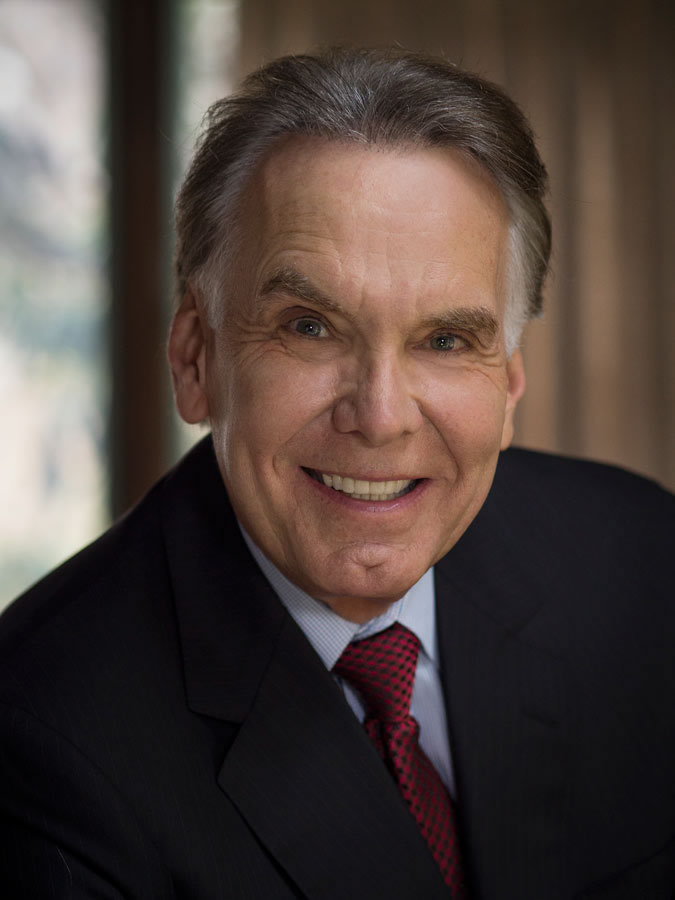Mindfulness, Meditation and Malarkey
‘A child of five would understand this. Send someone to fetch a child of five.’
– Groucho Marx, comedian
If I guaranteed you would lower your anxiety, calm your mind, renew, recharge, think more clearly, reduce your fear response and enhance your creativity – just by investing two five-minute periods of time, twice-a-day – to meditate – would you commit to do it?
That means you would choose to make it an integral part of your lifestyle, like brushing your teeth, exercising, taking vitamins or eating healthy. If you were absolutely convinced, and guaranteed – that carving out a total of ten minutes a day to meditate would give you such a massive payoff from your time investment, would you do it?
What is Mindful Meditation All About?
It is important to understand that meditation is about much more than just relaxing.
The obvious question is – if this strategy is the real deal, and not a bunch of malarkey, why doesn’t everyone practice some form of meditation, mindfulness or self-relaxation exercise?
After all, you have to be a bit blind to miss the numerous articles and books touting the benefits of this simple process. Meditation and mindfulness has been featured on the cover of Time Magazine, explored in the New York Times, the Los Angeles Times, The Huffington Post and Psychology Today – plus dozens of academic and medical articles.
Mindfulness and meditation have progressed far beyond a passing fad. Members of the military – including Pentagon chiefs, athletes, psychologists, psychiatrists, rock stars, Silicon Valley entrepreneurs, Fortune 500 magnates and world leaders have embraced this skill. On a personal level, I have incorporated it in my private coaching practice for over three decades with outstanding success and – and a brief, closed-eye meditation will now be an option as part of my keynote presentations and workshops for businesses.

Mindful meditation is mental gymnastics to strengthen your brain. The goal is not to suppress thinking, but to transcend it.
Ultimately, there is only one reason anyone would choose to devote a small chunk of their finite and precious time to meditate: the reward is greater than the sacrifice.
Meditation, in one form or another, has been around since the beginning of recorded history, so why this sudden interest? The answer is two-fold. First, technology, accessibility and visibility are driving people to distraction and exhaustion; many are at their wits end for help. They cannot find more time so they want to make the best of the time they have.
Second, there are hundreds of studies that prove the brain remains flexible and malleable into old age and that meditation can, literally, make positive changes to the brain. This means you really can “teach an old dog new tricks.” You and I are capable of rewiring our brain for the better – if – we make the choice to do so.
Why Mindfulness Is Important
What exactly is mindfulness? The ultimate goal of mindfulness is to devote your full attention to what you’re doing. It is learning to release yourself from being a victim of your random and worrisome thoughts. By being mindful, you become less distracted and enjoy everything that happens in the moment. You learn to be present. Above all, you are able to recognize when your attention has been hijacked – and refocus on what ramps your joy. Mindfulness enhances how you experience everything.
I started practicing Transcendental Meditation™ in 1972. It was a life changer. Since then, I’ve developed my own form of mediation that requires much less time without sacrificing the payoff.
Then, in 1975, I discovered that cardiologist, Dr. Herbert Benson, founder of Harvard’s Mind/Body Medical Institute, had demystified meditation. In his best-selling book, The Relaxation Response, he presented a simple, flexible technique. Now, his system is routinely recommended to treat patients suffering from heart conditions, high blood pressure, chronic pain, insomnia, and many other illnesses.
Mindful meditation is mental gymnastics to strengthen your brain. But that does not mean quieting your mind in the way most people imagine. Your mind is not going to stop thinking; so the goal is not to suppress thinking, but to transcend it. The key is how you react to your thoughts. You don’t focus on your thinking. Instead, you pay attention to your breathing, a specific word or a sound – which is referred to as a mantra.
Thoughts come and go like the clouds outside your window. You don’t become attached to the clouds. You notice them and they shift and change. Think of your thoughts as clouds.
If you watch CNN, notice that at the bottom of the screen there is a constant, somewhat irritating flow of words, streaming by, alerting you to still more breaking news. Imagine your thoughts streaming by. Notice them, let go, see what is next, let go again and then, notice the next thought – always refocusing on your breathing or the word or sound you are repeating – your own mantra.
Getting Started With Mindfulness Meditation
Here is what I consider a Beginner’s Guide to meditation and mindfulness:
If you focus on your breathing as your anchor, that is fine. If you choose a word or sound as your anchor, make it a word or sound that does not hold a lot of meaning for you.
Set aside two, five-minute interludes to meditate when it is convenient and you have the least distractions. I meditate upon awakening in the morning and in the late afternoon, but others find time in their car before they go to work or during lunch break.
- Get in a comfortable sitting position, close your eyes and take a moment to relax your body as much as you can.
- Focus your attention in a gentle way to your breathing. Inhale deeply and exhale slowly.
- Within seconds, you will notice distractions: images, thoughts or body sensations will begin to bubble up. That’s normal. Just notice them and refocus on your breathing, the word or the sound you have chosen.
- Do this for five minutes – or more if you choose. You can always set an alarm.
- Practice, practice, practice.
Choose to make this a 30-day experiment. The payoff will be far greater than the small investment of time. Mindful meditation is not malarkey – and it just might be the key to living an exceptional life.
James Mapes is a keynote speaker, best-selling author, coach and hypnotist. His most recent book IMAGINE THAT! Igniting Your Brain for Creativity and Peak Performance is the first web-supported book with access to 21 video-coaching clips.

James Mapes is the founder of Quantum Leap Thinking™, creator of The Transformational Coach™, expert on the psychology of “applied imagination,” best-selling author, highly acclaimed business speaker, consultant, seminar leader and personal excellence coach.
